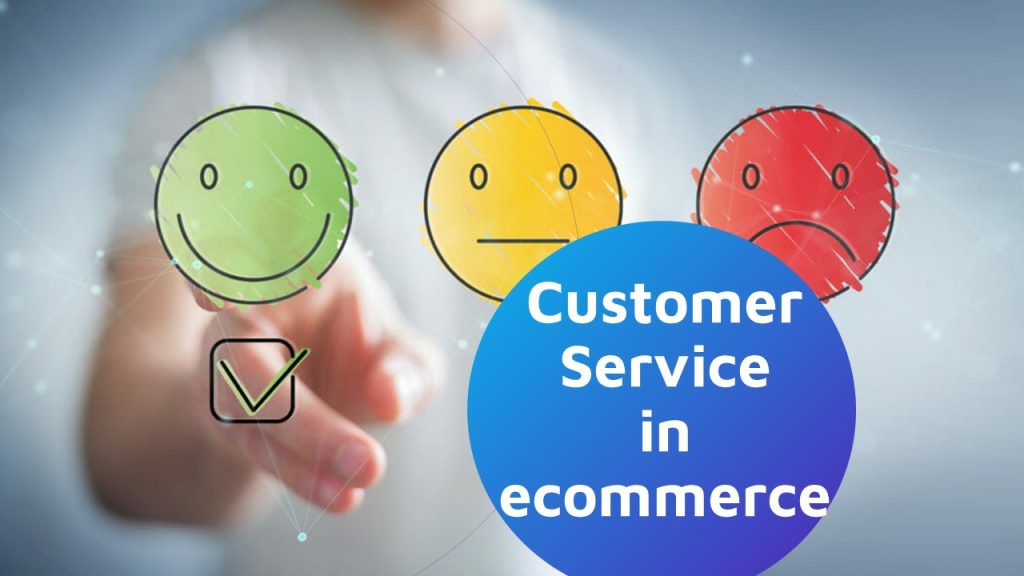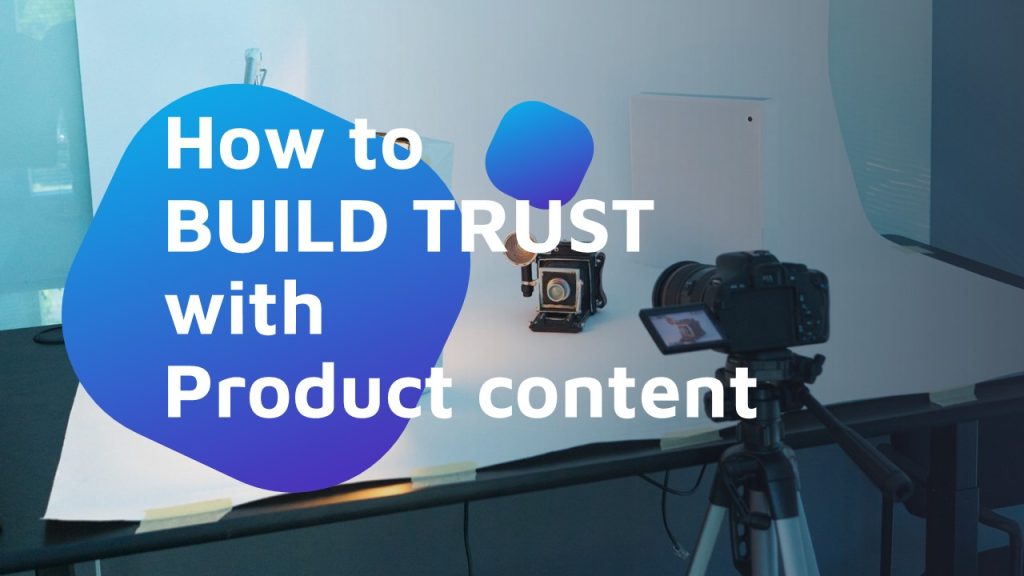Ever noticed how a brand seems to be talking to you, knows exactly what your paint points are, and the best way to address you? That is a sign reflecting they took enough time to conduct deep market research and refine their customers’ profiles. In this post, you will find 11 tips to building effective buyer personas and sharpening your product content to boost your online sales.
First off: what is a buyer persona?
Buyer persona is a pretty common term in product marketing, not to be mistaken with user persona – used for digital products.
A buyer persona is a representation of an ideal customer profile created by a business to understand and effectively connect with its target audience. They are born at the early stages of a brand or a product’s launch and built using market research, customer data, surveys, and interviews to gather insights into the motivations, needs, preferences, and pain points of specific segments. The creation of detailed buyer personas provides businesses with a deep understanding of their customers, so they can tailor their marketing strategies, product development, and messaging to resonate with their audience.
That is why its definition is one of the first steps when launching a brand or a product.

The information included in an effective buyer persona
- Demographic details. Age, gender, location, education, occupation, income level,…
- Psychographic traits. Attitudes, values, interests, lifestyle, hobbies, personality traits, etc.
- Behavior patterns. From their daily routine, buying habits, and online behavior, to their technology education and preferred communication channels.
- Goals and motivations. What drives the customer’s purchase decision and desired outcomes?
- Pain points, challenges, and reticences. Why does the customer need the product, and what difficulties does he/she find when trying to solve the problem? And what holds him/her back to take the final step.
- Preferred marketing messages. The type of communication they prefer.
- Influences and sources of information. Where do they seek information and who influences their buying decisions?
All this information is essential to enhance their marketing efforts, develop new products and services that respond to their actual needs, personalize communication, and ultimately improve their satisfaction and loyalty.
Building effective buyer personas step by step
Before we delve into the 11 steps to building effective buyer personas, it is worth mentioning that unless you’re launching a revolutionary invention, a large portion of the research stage has already been conducted by your competitors.
There are a number of tools available out there, and while they are useful to simplify this, they still need you to feed them with some specific data that can’t be extracted from cookies or Google Analytics – to be taken down in July! Let alone your potential investment in such early stages of your business development.
Spoiler alert: EVERYBODY copies what works and, even if it is just to outline your general strategy, you should too. Take a peep at your main competitors’ websites, listings, and landing pages, and try to figure out what their buyer personas are like. You may either find inspiration or gaps to fill yourself.
With that being said, let’s get to it.
#1 Define your research goals
Since you start from scratch, a few primary goals must be established. Make a list of the questions you need to have answers for to know your target audience and their purchasing behavior.
- How many profiles and segments make your target audience?
- Where are you more likely to find their defining traits?
#2 Gather existing data
Collect any available customer data, such as demographics, purchase history, website analytics, customer surveys, and feedback. This may be a time-consuming starting point for your research but will provide you with a corpus of data you can then process to shape your buyer personas.
- Benefit from user-generated content. It may not be written for you but will definitely tell you things you don’t know.
- Read reviews from users in product listings and take your time to sort them by their rating.
#3 Conduct interviews and surveys
When testing a business idea, loads of feedback and insights are gathered. Reach out to your current customers, leads, prospects, and potential segments to gather more insights. One-on-one interviews and online surveys are incredibly useful too. Not only will they help you understand their needs, motivations, challenges, and preferences, but also have a huge reach on social media.
Make sure to ask open questions to encourage detailed responses and to add conditional subquestions for potential improvements. Focus on the When, the How, and the Why, as in “When do you find this problem?”, “How do you normally deal with…?”, or “Why is it a problem…?”.

#4 Analyze qualitative data
At this point, the data collected in interviews and surveys will already have a sufficient volume to be able to extract patterns, common topics, and recurring trends. Spot the key insights that provide a deep understanding of your target audience, their reasons, and their reticence.
This is the sort of ineffable data that automated tools won’t give you.
#5 Identify demographic data
Demographic information such as age, gender, location, education, occupation, and income levels will help you in segmenting your audience and understanding their basic characteristics. Details like their tech-savviness, their time management, and the devices they use are essential to delivering relatable content.
#6 Define their psychographics
Dive into the psychographic traits of your target audience to get a comprehensive view of their preferences and tailor your marketing messages. Explore their interests, hobbies, values, attitudes, lifestyle choices, personality traits, and where they hang out and get their influences.
This will help you decide, for example, whether an influencer marketing strategy is your best promotion, or you should maybe go for crowdfunding or Amazon instead.

#7 Identify their goals and motivations
What drives your customers’ purchasing decisions and their desired outcomes will be the core of your content strategy. Identify their goals, aspirations, and the problems they are trying to solve. This insight enables you to position your product or service as a solution to their specific needs.
People don’t want to buy a quarter-inch drill. They want a quarter-inch hole
#8 Detect their pain points and challenges
Understand the obstacles or challenges your target audience faces related to your product or industry. Identify their pain points, frustrations, and concerns. Those could range in a variety of ways: materials, sustainability, key functions, or even aesthetics. This will help you address their concerns and improve their experience.
#9 Analyze the buying behavior
The buying patterns of your potential buyers are somewhat the script for your tone of voice and writing persuasive copy. When you understand how your audience researches products, where they actually shop, and what drives their decisions, it’s much easier to take them to your terrain. And with that information, you can find more effective channels and strategies to approach them.
#10 Create the persona profile
Compile all the gathered information into a comprehensive buyer persona file. Give it a name and include a detailed description of all of the above: their demographics, psychographics, goals, motivations, challenges, and preferred communication channels.
This may sound accessory, but it is a good idea to include a picture to humanize the persona and make it easy to remember. Because you will refer to it a lot.

EXTRA TIP: Validate and refine
Share the buyer persona profile with your team and stakeholders for feedback and validation, to ensure it accurately represents your target audience or a given segment. Make the necessary refinements afterward, never losing sight of changes in the market and the industry. Because people change, and so do your buyer personas.
Oh, don’t settle for one!
In a nutshell
An effective buyer persona is supposed to guide communication and the ways in which a product or service is presented. Getting that right is the very marrow of personalized customer experience. A brand that knows its audience makes its visitors feel understood, which increases the odds of turning views into sales.
Unlike in physical shops, online buyers don’t have a face. And building effective buyer personas is a great way to break the distance between caution and confidence. But without top-notch content, ecommerce is nothing. Because everybody needs clear explanations about a product and its functions, as well as contextualized pieces for users to relate to the situations in which your product is the only solution.
And that is exactly what we do!



